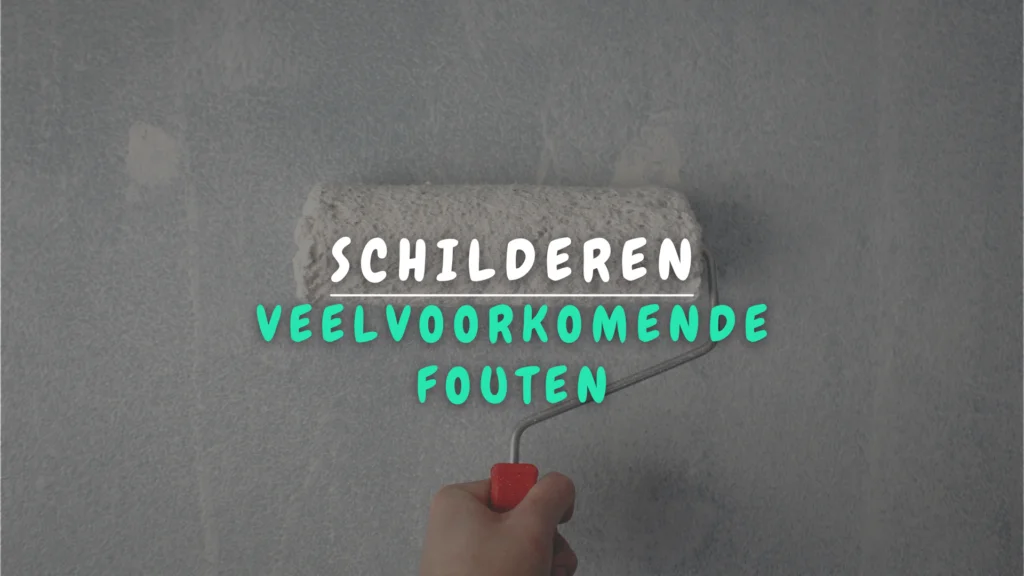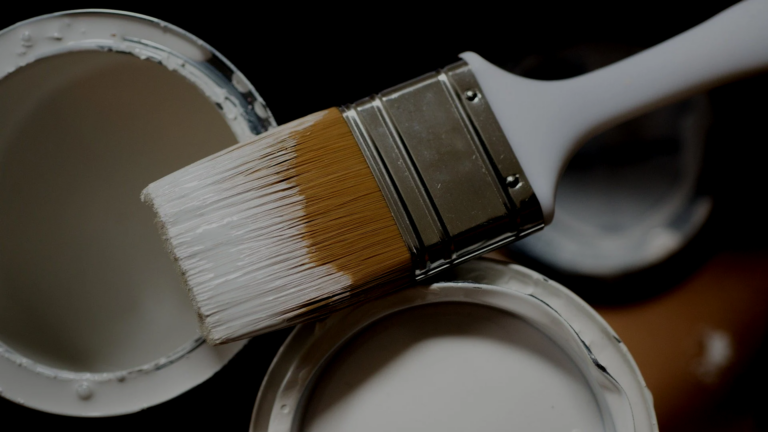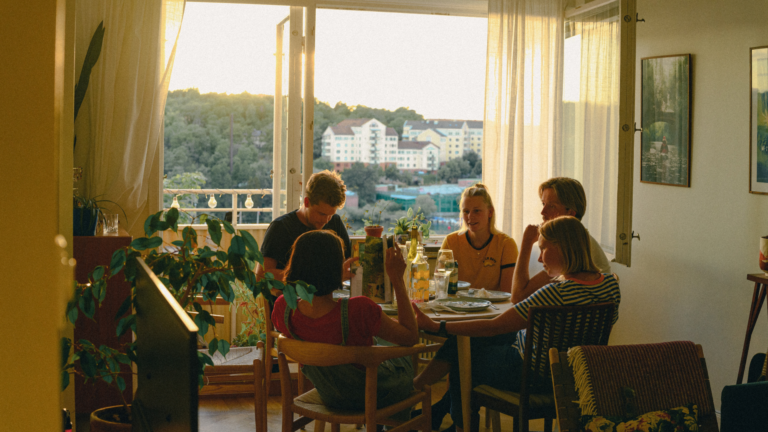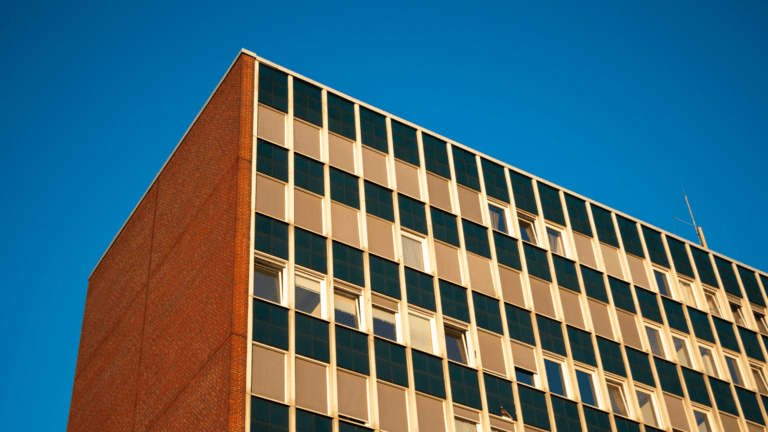Planning to give your apartment a lick of paint? Then avoid these common painting mistakes! Whether you’re an experienced painter or picking up a brush for the first time, it’s important to follow certain tips and avoid common mistakes. This will ensure that your painting project goes smoothly. In this article, we share some valuable tips and point out common mistakes when painting an apartment or house.
Common mistakes to avoid when painting
The mistake: Inadequate preparation
Skipping preparation can lead to poor adhesion and uneven paint results.
The solution: Good preparation is half the battle. Being prepared is essential for a successful painting project. This includes cleaning the surfaces, filling holes or cracks in the walls and sanding rough spots.
The mistake: Using cheap materials
Skimping on paint brushes and rollers can result in streaks and lint on painted surfaces.
The solution: Use high-quality materials. It starts with investing in high-quality paint brushes, rollers and painter’s tape. Quality brushes and rollers help ensure even paint application, reduce streaking and provide better coverage. High-quality painter’s tape is crucial in masking edges and creating clean lines, making your paint job look neat and professional. These materials can make a significant difference in the quality of your painting project and contribute to a durable and attractive end result. It is well worth the investment!
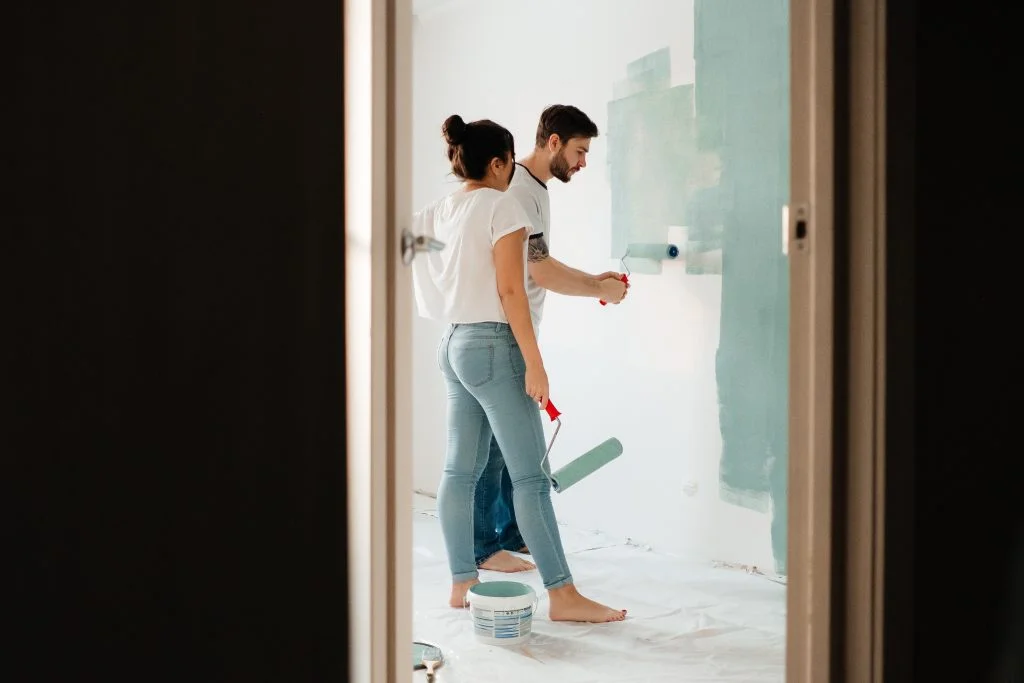
The mistake: Not stirring
Paint should be stirred well before starting to homogenize the color and consistency.
The solution: Stir well!
To stir paint thoroughly, start by using a paint mixer or a clean wooden stirring rod. Insert the mixer into the paint to the bottom of the paint bucket and slowly pull it up while stirring to evenly distribute the pigments. Repeat this motion, making sure to reach all corners and edges of the bucket. This will ensure that the color and consistency of the paint are homogeneous. Remember to wipe the edges of the paint bucket to remove excess paint before you start painting. A properly stirred paint will ensure a consistent color and finish on your surface.
The mistake: Paint over dirty or greasy surfaces
This leads to poor adhesion and can result in peeling paint.
The solution: To effectively prepare a surface for painting, start by cleaning and inspecting the surface. Remove dirt, dust, grease and any loose paint residue. Fill holes and cracks with appropriate fillers and sand rough spots smooth. After the repairs are dry, lightly sand the entire surface to ensure proper adhesion. Remember to wipe down with a damp cloth to remove any sanding dust. With a properly prepared surface, the paint will adhere evenly and provide a durable result.
The mistake: Too much paint on the brush or roller
Overloading can drip and leave unsightly drops on the walls.
The solution: To avoid having too much paint on your brush or roller, it is important to strike a balance between loading and drying. Dip your brush or roller into the paint, but avoid excessive dipping. Make sure the brush bristles or roller are evenly covered with paint without dripping. If necessary, gently tap the brush or roller on the edge of the paint bucket to remove excess paint. A moderate amount of paint on your applicator ensures a controlled and even application, preventing drips and blobs while painting.
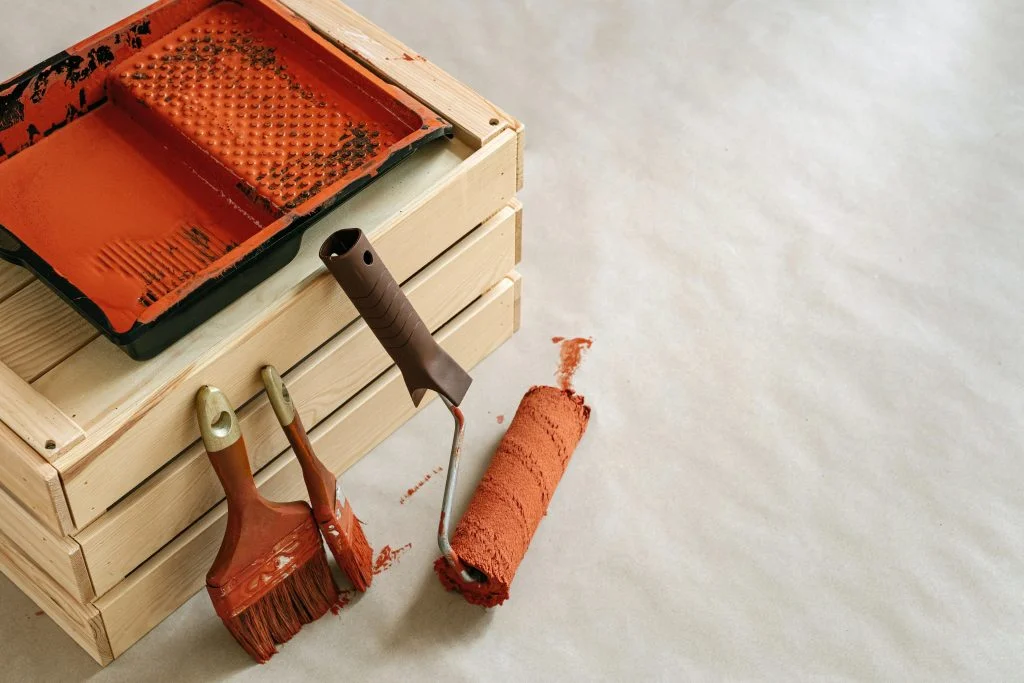
The mistake: Not taping off
Not taping edges and baseboards can lead to paint in places you don’t want it.
The solution: Start with high-quality painter’s tape and place it along the edges of the areas you want to protect, such as baseboards, door and window frames. Make sure the tape is applied tightly and straight, and press firmly to prevent paint leakage. If you need to work around curved surfaces, use thin strips of tape and adjust them gradually for a smooth curve. Make sure the tape is properly applied before you start painting. Meticulous taping ensures clean lines and a neat finish.
The mistake: Not applying enough layers
A single coat of paint is usually not enough to achieve good coverage.
The solution: To achieve good coverage when painting, it is crucial to apply several thin coats of paint rather than one thick coat. Start with a primer for better adhesion and then move on to the layers of paint. Work in long, even strokes and keep the brush or roller well loaded without overloading to prevent dripping. By painting patiently and carefully, you will achieve an even and opaque finish.
The mistake: Not letting the paint dry long enough
Wanting to paint a new coat too quickly can make for a poor finish.
The solution: The drying of a coat of paint after painting depends on several factors, such as the type of paint, humidity and temperature. In general, it usually takes between 2 and 8 hours for a coat of paint to dry sufficiently to apply a second coat. To be sure, always consult the instructions on the paint package, as some paints may require a longer drying time. It is important to be patient and wait for the paint to fully cure before applying further coats to ensure a smooth and durable finish.
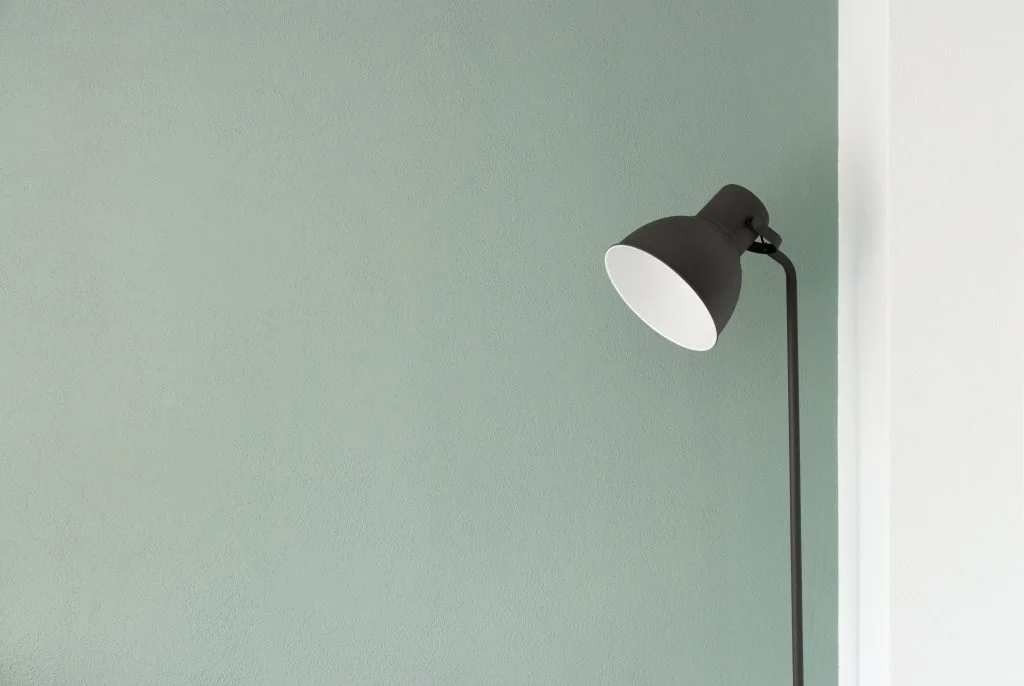
The mistake: Not ventilating
Insufficient ventilation can delay paint drying time and deteriorate the air quality in the room.
The solution: For proper ventilation during painting, start by opening windows and doors to let fresh air in. If natural ventilation is not available, consider using fans to promote airflow. A breathing mask can also help reduce the inhalation of paint fumes. Be sure to properly ventilate the room during painting and during paint drying to reduce odor and speed drying time. Safe and healthy air quality is essential when painting.
By following these tips and avoiding the common mistakes, you can paint your apartment or house professionally and efficiently. The end result will not only be beautiful, but also durable and attractive. Painting can be a rewarding job, and with the right approach, you can really enjoy the renewed look of your home.
Are you renting an apartment? Then find out here who is responsible for painting: you as the tenant or the landlord?
Would you like to cite this article as a source? Then use:
Biets, R. (2024, Jan. 18). 9 Common mistakes when painting. Apartment.com. Consulted on (date XX/XX/202X), from https://www.appartement.be/veelgemaakte-fouten-schilderen
